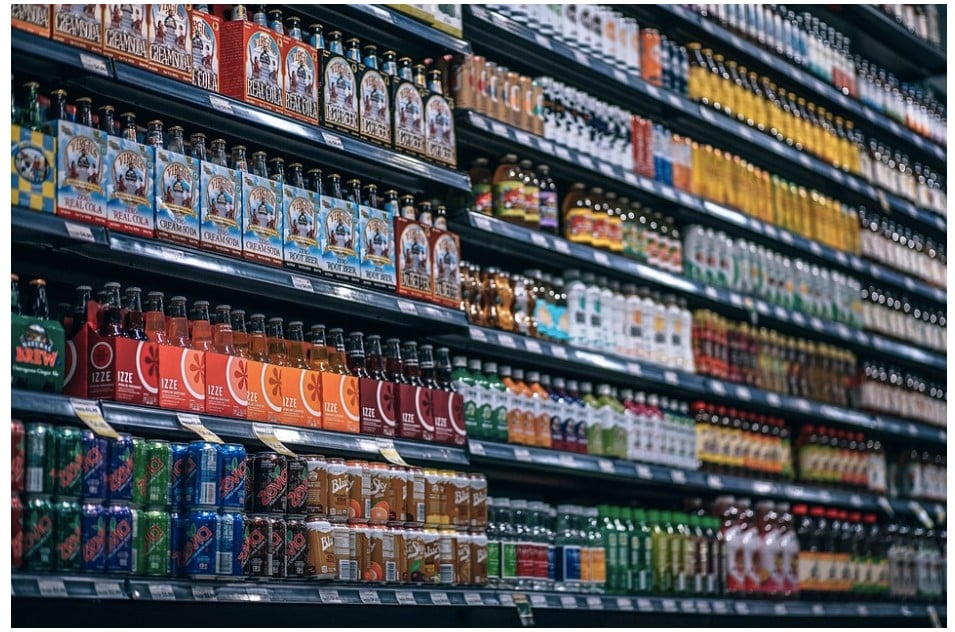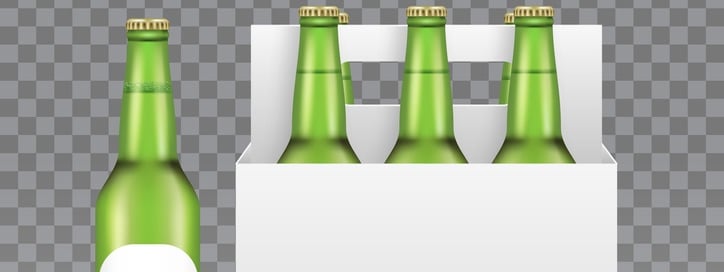Whatever drinks sector you are in, whether it be the soda, juice, or alcoholic beverage market, you need to spend time carefully considering the type of packaging to use.
There are multiple reasons why you need to devote time to finding the right packaging options. For instance, the packaging you choose can affect the price point and the shelf-life of your products.
Your beverage packaging can also affect the public relations you have with potential customers.
If you want to address consumer concerns about sustainability considerations and other factors regarding how your prospective customers feel about your brand, for example, it is important that you select packaging that directly addresses those concerns.

So, check out the following four key considerations and three mistakes to avoid:
1. Consider the material
One of the most important things you need to consider is the material of your packaging. Your three main choices are containers made of plastic, glass, or metal.
Plastic packaging is a good practical choice because it is lightweight, durable, and can easily be formed into a variety of shapes to create bespoke packaging designs.
The latter means you can create a greater marketing impact as you can come up with some eye-catching and attention-grabbing shapes.
Furthermore, plastic beverage packaging is perfect for handling pressurized liquids like carbonated drinks.
However, plastic packaging often means drinks have a shorter shelf life compared to other packaging materials and plastic is not sustainable. Therefore, plastic could have negative public-relation implications and put off consumers whose top priority is eco-friendliness.
Just like understanding why craft beer can labels matter to your end customers, you should understand that beverage packaging materials also matter to your consumers.
Glass is an alternative good option. It is typically impervious to CO2 loss, which means you can achieve a longer shelf life. But the main drawback of glass is that it is heavy and can break easily.
Metal may be the best option. Many drink cans are made from aluminum, which is lightweight and highly recyclable.
2. Consider storage and transportation implications
Seeing as all beverages are perishable to some degree, you need to avoid packaging that is susceptible to things like humidity, climate extremes, pests, and light to ensure your beverages are stored and transported without issue.
3. Consider the packaging design
The look and feel of your drink containers can make a huge difference in the marketability of your products.
Just like you need to spend a lot of time coming up with aesthetically pleasing and attention-grabbing labels to ensure you attract as many customers as possible, you need to pick packaging designs that suit your brand and stand out from the crowd.
4. Consider the cost
While you should not pick packaging based solely on cost, as it could be worth spending more if it means you come up with packaging that has greater consumer pulling power, you will definitely want to keep costs in mind and keep your costs as low as possible.
Three mistakes to avoid
Now you know some of the most important considerations in beverage packaging, it is undoubtedly worth pointing out some common mistakes that drink businesses make with their packaging.
You can then avoid those pitfalls.
1. Failing to define your target market
If you do not define your target market, you cannot ensure you find the right packaging choice for your products.
For instance, if you are unaware that your target customers put sustainability at the forefront of their buying decisions, you could shoot yourself in the foot by using unsustainable plastic packaging for your beverages.
2. Not monitoring buying trends
Similarly, you need to keep abreast of the latest buying trends.
If you use old-fashioned packaging that today’s modern consumers no longer feel is appealing, you could find it difficult to make your products successful.
3. Using packaging that is difficult to open
If your packaging has a bottle top or any other feature that is difficult to open, you could find that you lose a significant percentage of repeat customers.
Your beverage packaging should always be easy for people to open.




